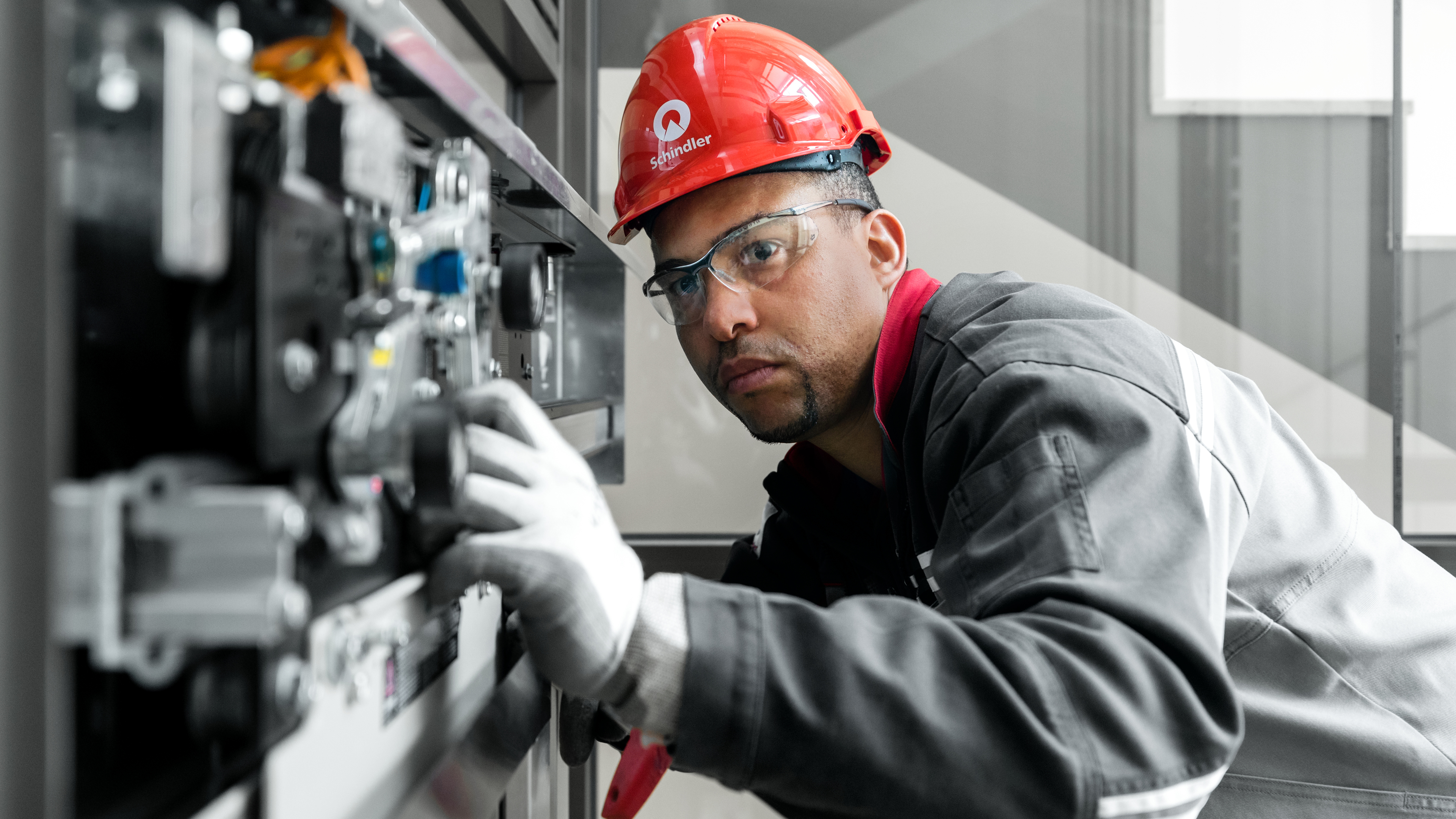Relied On Lift Maintenance Repair Solutions for Reliable Operation
Relied On Lift Maintenance Repair Solutions for Reliable Operation
Blog Article
Pro Tips for Maintaining Your Lift in Top Condition: An Extensive Introduction
Making certain the ideal functioning of a lift system is vital for a efficient and secure operation in numerous settings, from industrial warehouses to industrial structures. By sticking to an organized maintenance routine and preemptively dealing with possible issues, lift proprietors can mitigate expensive downtime and safety and security hazards.

Relevance of Normal Maintenance
Normal maintenance of your lift is vital to ensure its optimum performance and durability. By sticking to a normal maintenance routine, you can recognize and deal with possible issues before they rise right into costly fixings or unexpected downtime. Routine upkeep jobs such as lubricating relocating parts, checking for damage, and checking hydraulic systems can help stop breakdowns and ensure safe operation.
Neglecting normal upkeep not just jeopardizes the performance of your lift however likewise postures safety threats to individuals and residential or commercial property. Parts that are not effectively kept might fail unexpectedly, resulting in mishaps or damage to the lift itself. Furthermore, attending to problems early via upkeep can prolong the life expectancy of your lift and minimize the probability of significant malfunctions.
Along with improving safety and efficiency, regular maintenance can also conserve you cash in the lengthy run. By purchasing preventive upkeep measures, you can stay clear of pricey fixings or substitutes that might occur from overlooking the upkeep of your lift. On the whole, prioritizing routine maintenance is essential for making best use of the capability and durability of your lift system.
Top Components to Evaluate

Additionally, pay close attention to the lift's safety features, such as emergency stop buttons, safety sensors, and interlocking systems, to ensure they are operating appropriately. Routinely examine the lift shaft for debris or obstructions that could hinder the motion of the lift cars and truck.
Aggressive Repairing Methods
By tracking metrics such as lift speed, motor temperature level, and energy usage, upkeep teams can determine very early signs of possible concerns and take corrective activities prior to they escalate. Furthermore, implementing a precautionary maintenance timetable that consists of lubrication of relocating components, testing of emergency brakes, and calibration of sensing units can proactively address typical lift system issues.
Moreover, purchasing training programs for maintenance personnel on repairing strategies specific to the lift design set up can equip them to detect and solve concerns promptly. By staying ahead of prospective issues with aggressive troubleshooting, lift drivers can ensure a smoother and much more trustworthy procedure while decreasing the threat of unexpected breakdowns.
Vital Lubrication Practices
Carrying out appropriate lubrication techniques is critical for making certain the smooth procedure and long life of lift systems. Normal lubrication helps in reducing friction between moving parts, preventing deterioration that can cause costly fixings and downtime. When it concerns lift maintenance, following a strict lubrication routine is vital.
Selecting the appropriate lubricating substance is the primary step in efficient maintenance. Various elements of the lift system may call for certain sorts of lubricating substances, such as oil or oil. Speak with the manufacturer's standards to identify the ideal lubes for each component.

Frequently evaluating the condition of moisturized components is likewise important. Try to find signs of too much wear, contamination, or inadequate lubrication. Attend to any kind of issues without delay to stop more damages and guarantee the ongoing smooth procedure of your lift system. By prioritizing appropriate lubrication techniques, you can expand the life expectancy of your lift and enhance its performance.
Safety Steps for Lift Operators
In order to keep a risk-free working atmosphere and support functional effectiveness, lift drivers have to carefully follow prescribed safety protocols, alongside prioritizing important lubrication methods for ideal lift efficiency. Security procedures for lift operators are important to stop crashes and make sure the smooth performance of the lift system. Operators must go through complete training on appropriate lift operation, emergency procedures, and safety standards. Routine devices evaluations and maintenance checks are crucial to identify and attend to any type of potential safety threats immediately. It is essential for drivers to constantly follow supplier referrals for tons capacities, functional limitations, and safety attributes use.
Additionally, lift drivers have to prioritize personal safety equipment (PPE) such as headgears, gloves, and safety belt when working at elevations or dealing with hefty loads. Clear interaction amongst operators, upkeep professionals, and various other personnel is crucial to prevent misunderstandings that can result in mishaps. Last but not least, operators must continue to be alert, concentrated, and avoid diversions while running the lift to ensure the security of themselves and others in the location.
Conclusion
Finally, preserving a lift in leading problem is crucial for making sure safety and security and efficiency in operations. Routine upkeep, detailed inspections of essential elements, positive troubleshooting, correct lubrication techniques, and adherence to precaution are important for extending the life expectancy of the lift and stopping crashes. By adhering to these standards, lift site web drivers can make certain the ongoing capability and safety and security of their tools.
By sticking to an organized upkeep regimen and preemptively addressing prospective issues, lift proprietors can mitigate expensive downtime and safety and security threats. On a regular basis inspect the lift shaft for particles or blockages that could restrain the movement of the lift auto.In order to keep a secure functioning atmosphere and maintain functional performance, lift operators must rigorously adhere to prescribed safety and security methods, go to the website along with focusing on crucial lubrication techniques for ideal lift performance. Safety actions for lift drivers are critical to protect against mishaps and guarantee the smooth functioning of the lift system. Normal maintenance, comprehensive inspections of vital elements, proactive troubleshooting, correct lubrication methods, and adherence to safety actions are vital for prolonging the life-span of the lift and stopping accidents.
Report this page